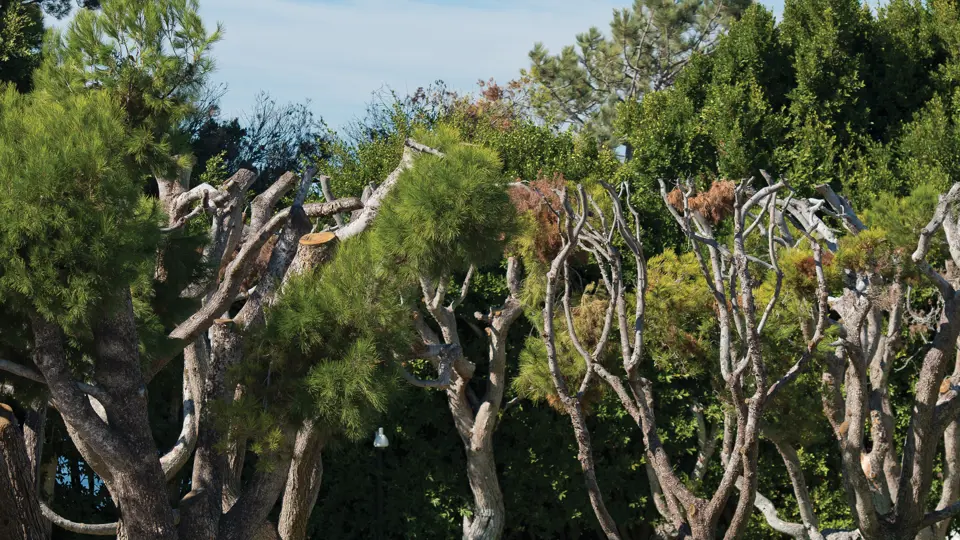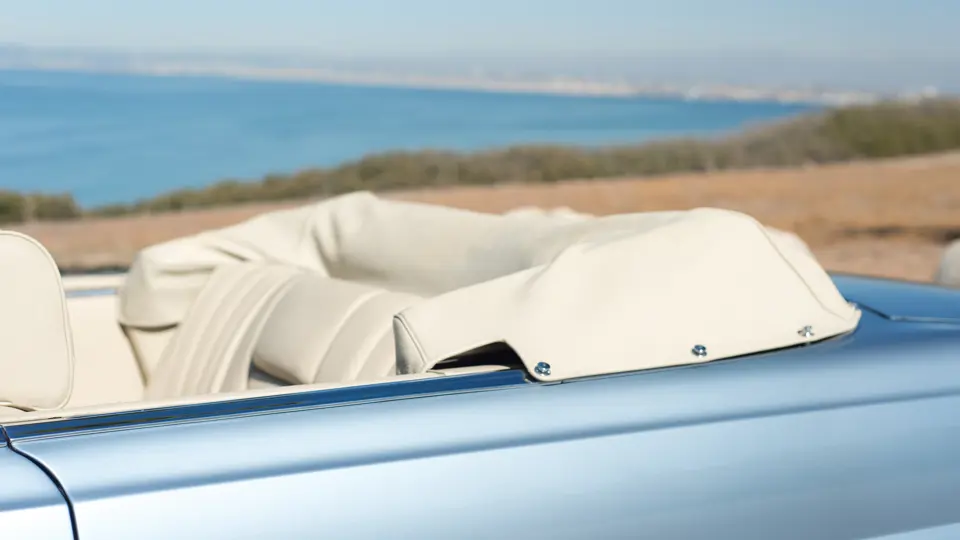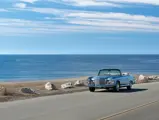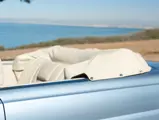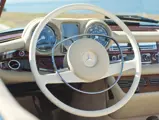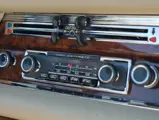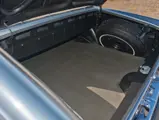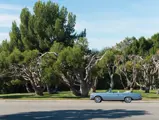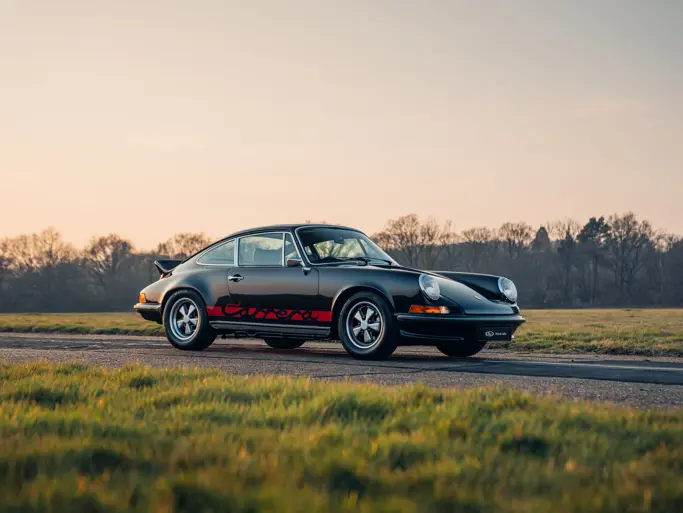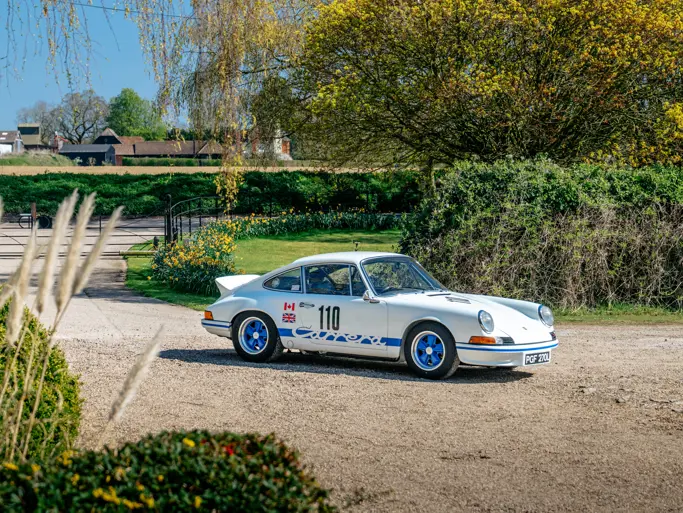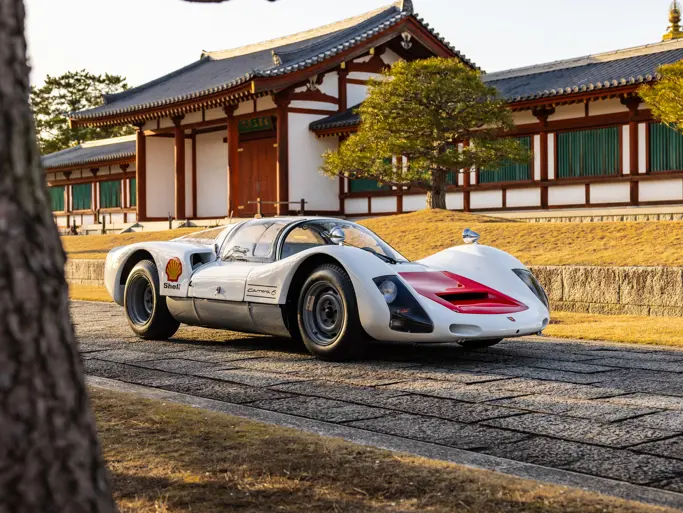
1971 Mercedes-Benz 280 SE 3.5 Cabriolet
{{lr.item.text}}
$473,000 USD | Sold
{{bidding.lot.reserveStatusFormatted}}
- Matching numbers; stunning color combination
- Desirable floor-shifted automatic transmission
- Well-maintained; recent comprehensive service and freshening
- A truly exceptional example throughout
230 bhp, 3,499 cc OHV V-8 engine with Bosch electronic fuel injection, four-speed automatic transmission, independent front suspension with unequal length control arms and an anti-sway bar, independent rear suspension with a low-pivot swing axle and trailing arms, and four-wheel power-hydraulic disc brakes. Wheelbase: 108.3 in.
In 1959, Mercedes-Benz broke with tradition by introducing the angular Heckflosse or “finback” sedan on the W111/W112 chassis to replace the more curvaceous “ponton” built on the W128 chassis. This new sedan was revolutionary not only for its styling but also for its top-of-the-line safety features, as it had the first-ever crumple zones and roll-over integrity to protect the occupants from injury in the event of a collision.
Two years later, following the end of production for the stately W128-chassis 220 SE Coupes and Cabriolets, the Mercedes designers introduced two-door coupe and cabriolet models aimed at the prestige buyer. These were built on the same W111 chassis, but the styling was changed, with the rear fenders rounded off more gracefully than those featured on the sedans. The company would continue to build these lovely personal luxury cars for 10 years, with little additional changes in styling occurring during this time.
That being said, the engines did change over the years. Across the W111 lineup, in both four-door and two-door models, Mercedes-Benz initially used the venerable overhead-cam straight-six in several sizes, all the way up to 2,996 cubic centimeters, and the cars’ nomenclatures were 250 S, 250 SE, and 300 SE, depending on the engine. A 2,778-cubic centimeter M13 engine in 1967 gave rise to 280 S and 280 SE model designations.
By 1969, with production of the finback sedans finally coming to an end, as they had been supplanted by the new W108/109-chassis models several years earlier, the decision was made to continue producing the coupes and cabriolets on the W111 chassis, but this time with a V-8 engine, to keep pace with competitors in the U.S. luxury market. A 3.5-liter powerplant, designated M116, was developed using a cast iron block for better rigidity, economy, and sound damping, and it featured cross-flow wedge cylinder heads with rocker-operated valves that were driven by a single overhead camshaft per bank. The cams were chain-driven for a long life. Bosch transistorized the ignition, and electronic fuel injection was utilized. The British magazine AutoCar called it “a copybook example of how experience plus careful design can create a simple-to-make, high-output engine of considerable refinement.” American buyers just called it fast and fun.
In Mercedes’ sometimes confusing model nomenclature, which was usually but not always based on engine capacity, the new model was designated 280 SE 3.5, to distinguish it from its six-cylinder counterpart. Production of the model began in August 1969 and continued through to July 1971. In 24 months, total production was 3,270 coupes and 1,232 cabriolets, making these not only one of the fastest and most interesting Mercedes of their era but also one of the rarest and most expensive.
The Cabriolet offered here is documented as being an authentic, matching-numbers car by a copy of its factory data card, which is on file. It was desirably equipped when new with the sportier floor-shifted automatic transmission, front bucket seats with folding armrests, a Becker radio, factory Behr air conditioning, electric windows, and tinted glass, all of which it retains today.
The car is offered by a well-known Mercedes-Benz enthusiast who is regarded for his well-maintained and high-quality examples. In his ownership, the car was refinished in its present Silver-Blue over entirely new Parchment leather upholstery and an attractive, new blue soft-top. It has received a proper engine-out service to ensure its mechanical fitness, and it has been exhaustively detailed under the hood and chassis. All chrome trim is new as well. The Cabriolet is described as being very well-maintained, and it presents beautifully in all regards.
This is a superb example of one of the era’s greatest grand tourers and the finest Mercedes-Benz had to offer.
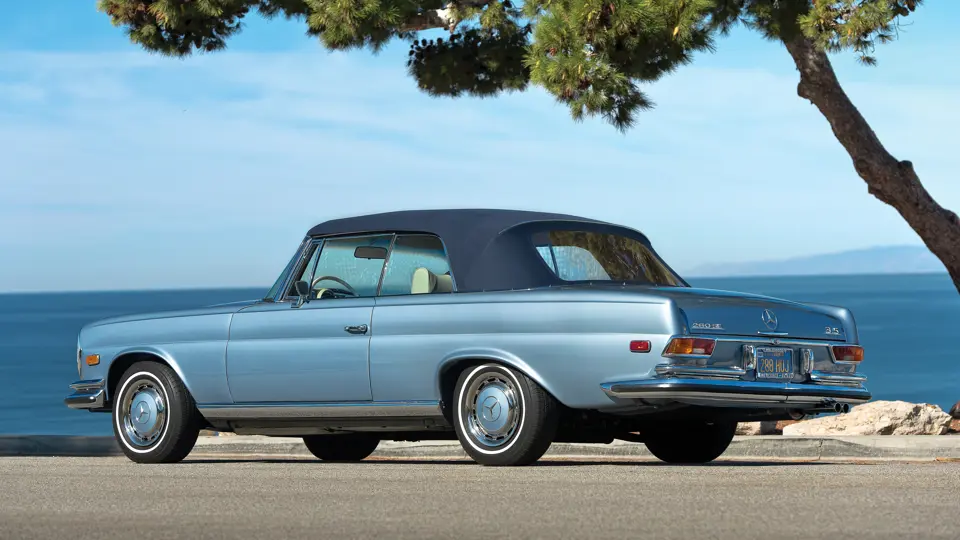
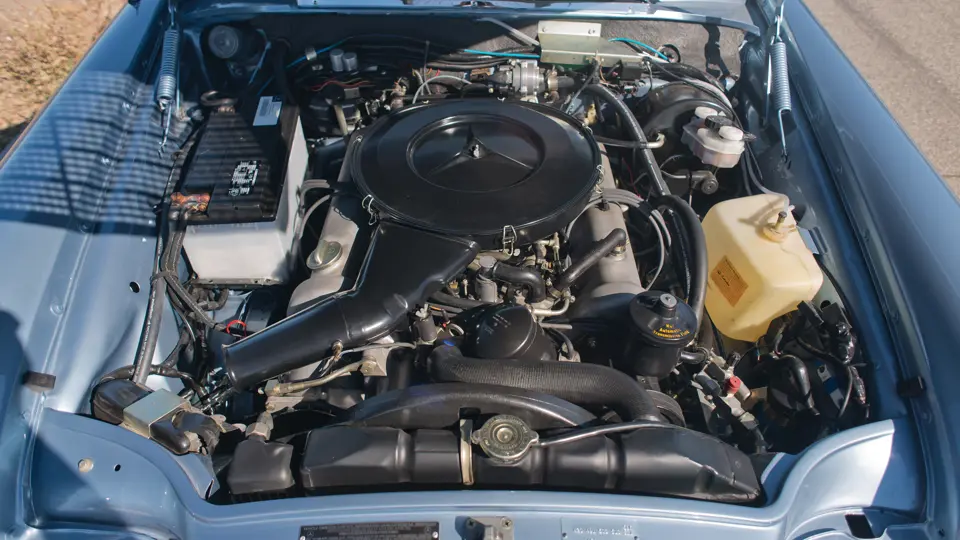


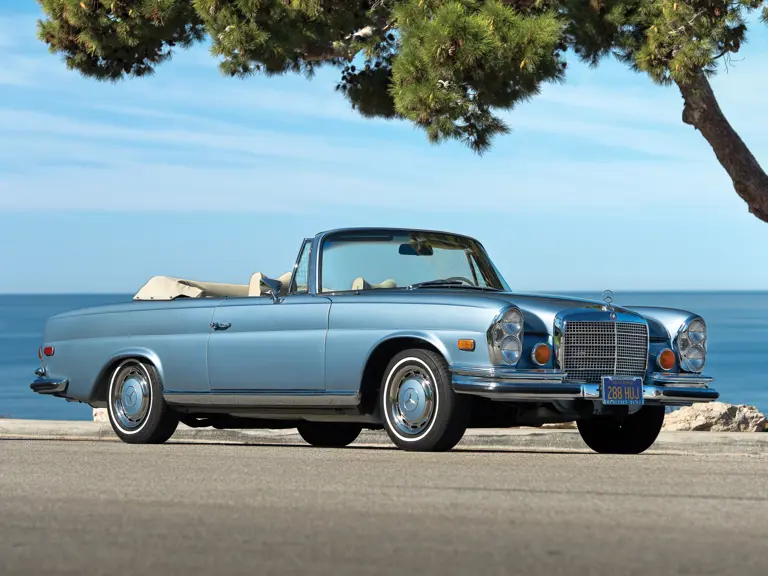
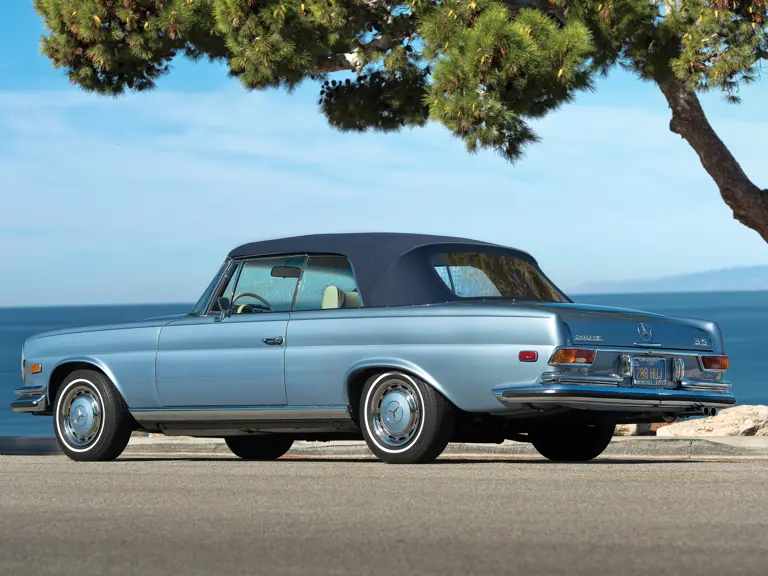
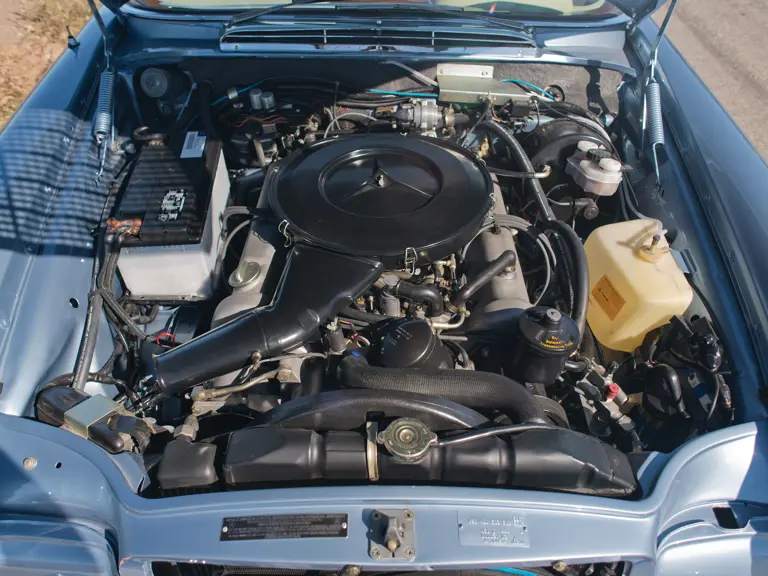
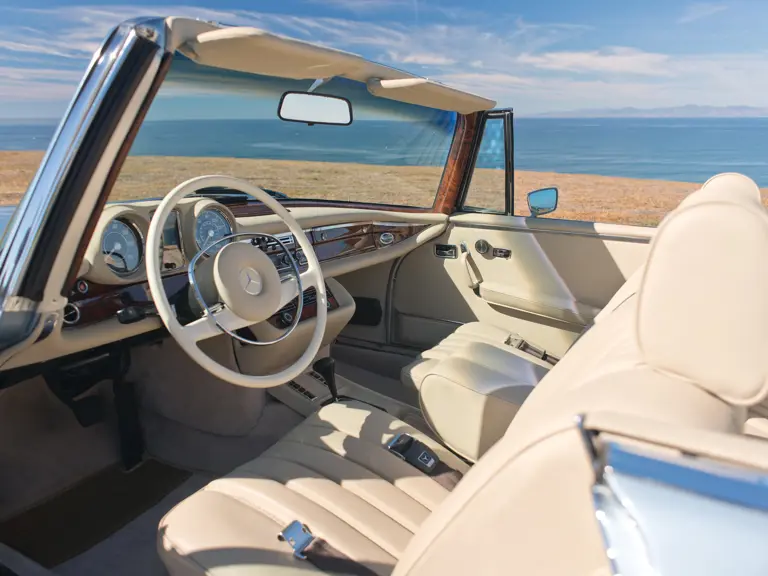
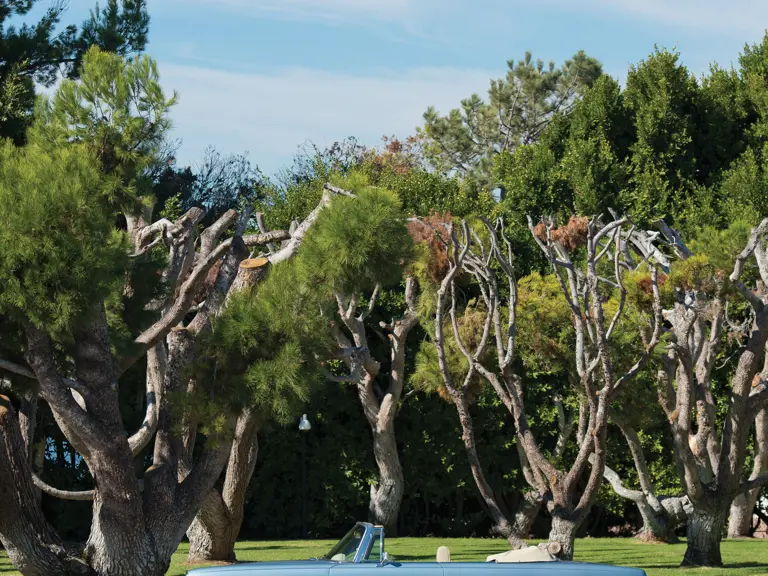

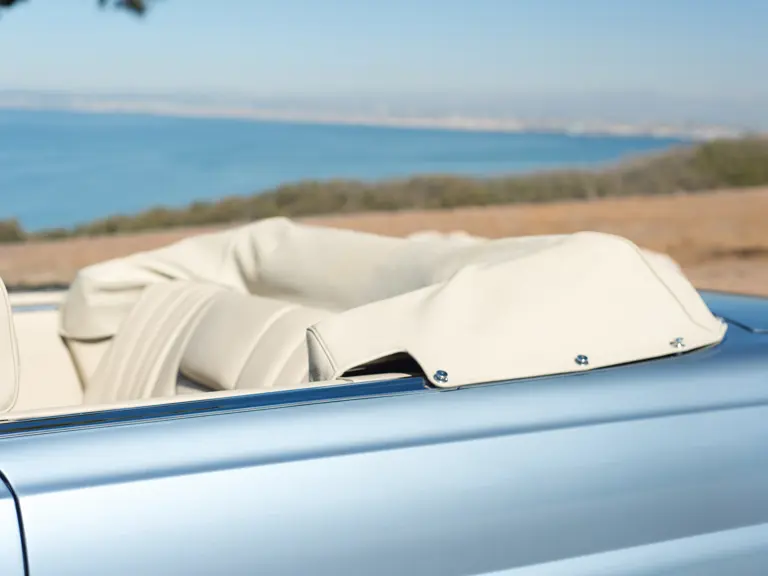



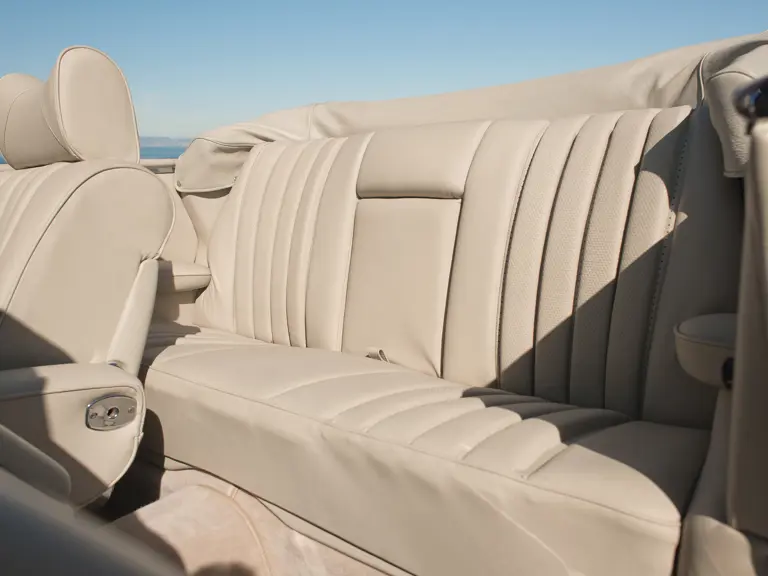
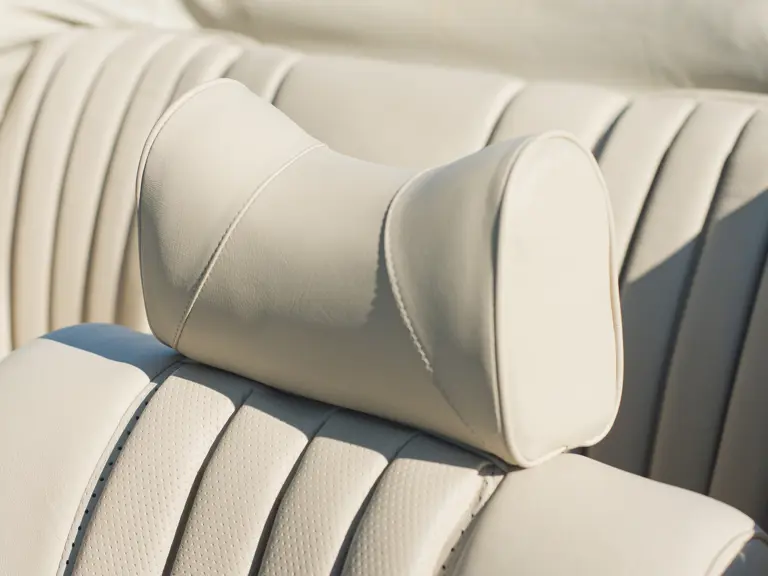
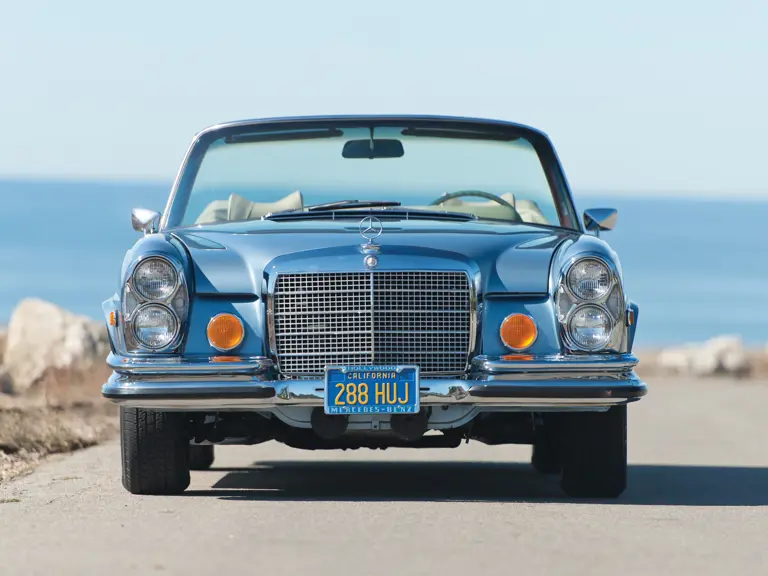

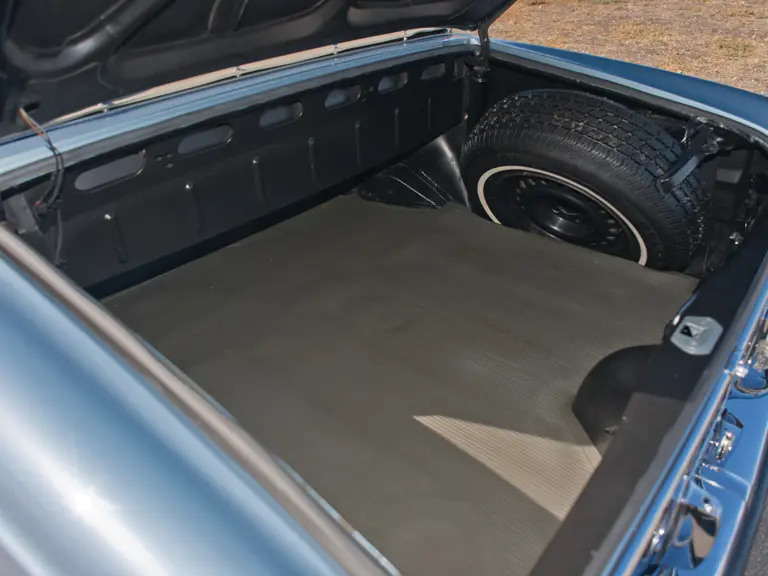




 | Phoenix, Arizona
| Phoenix, Arizona
